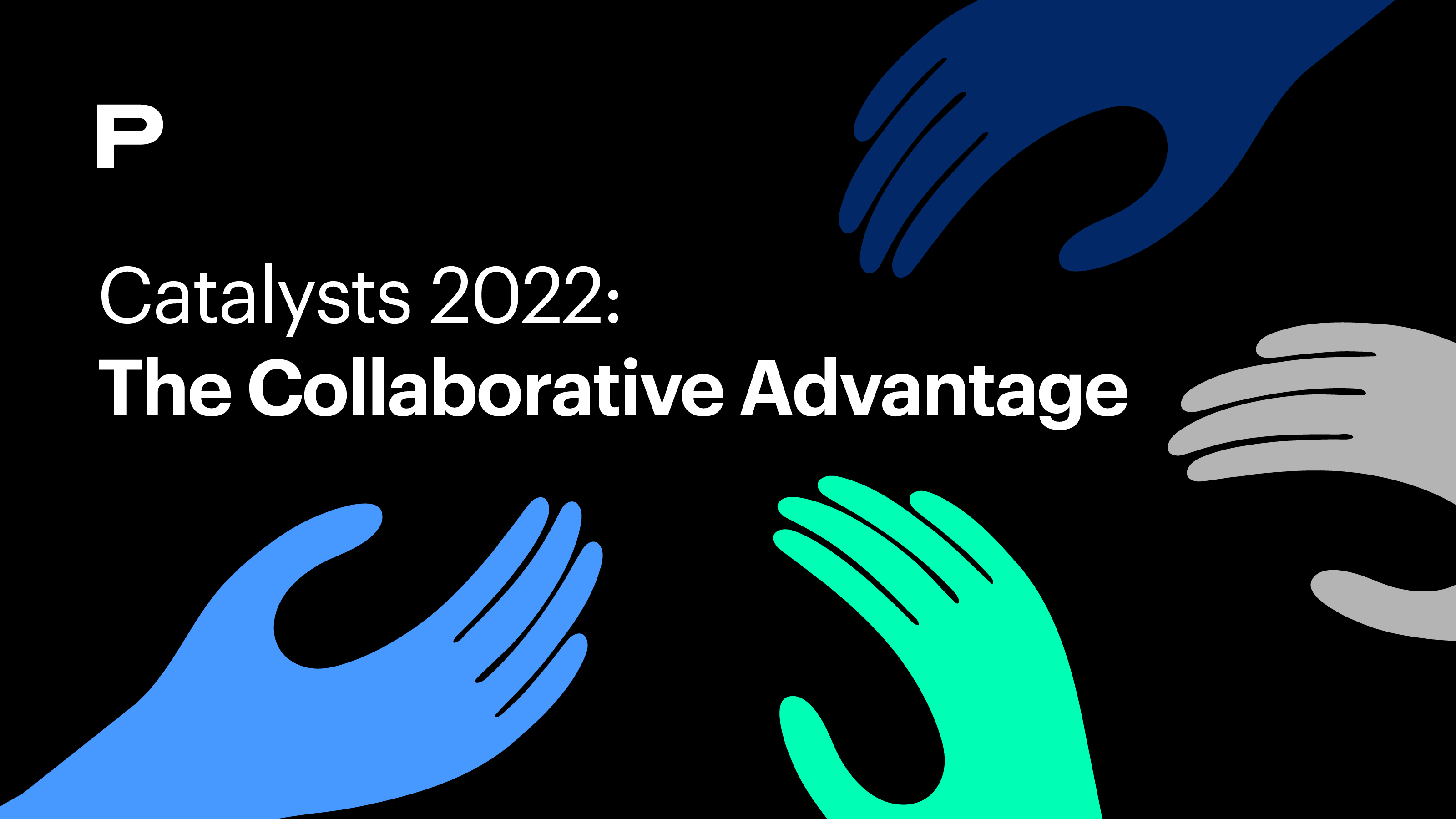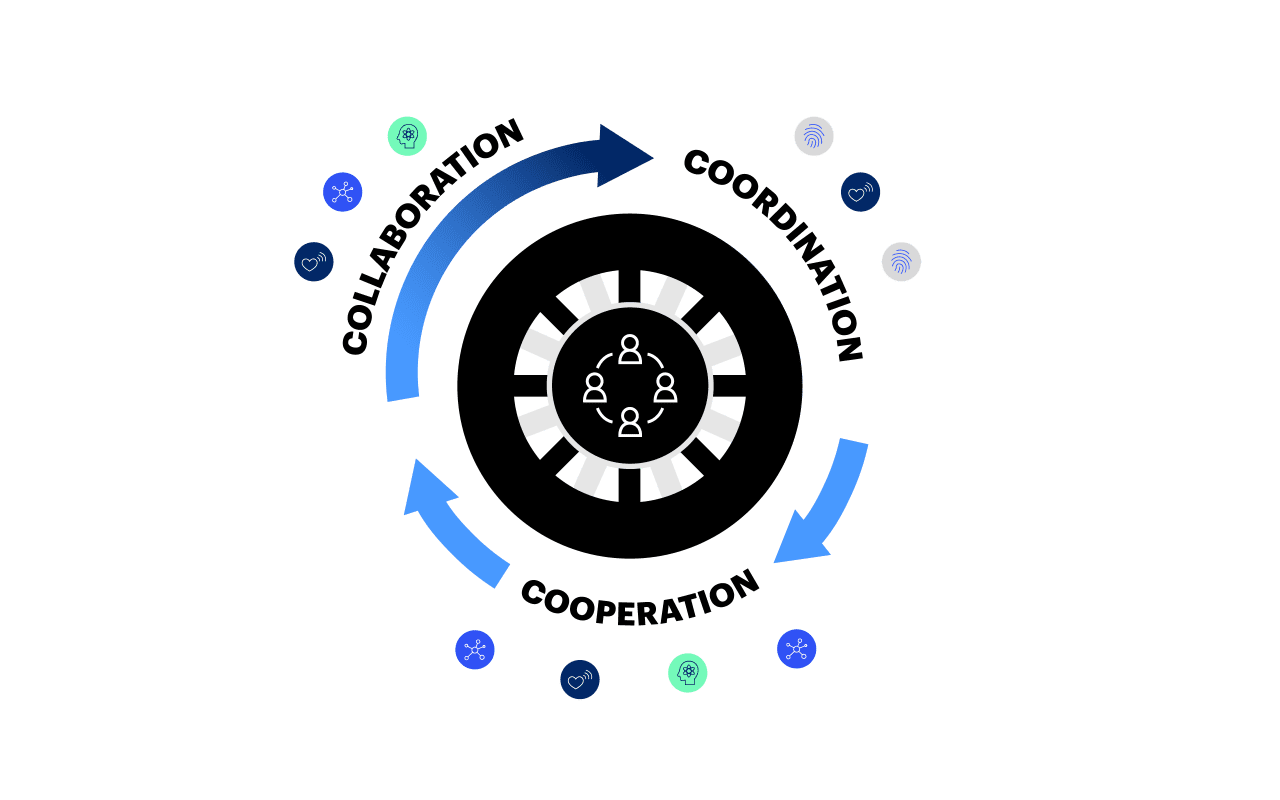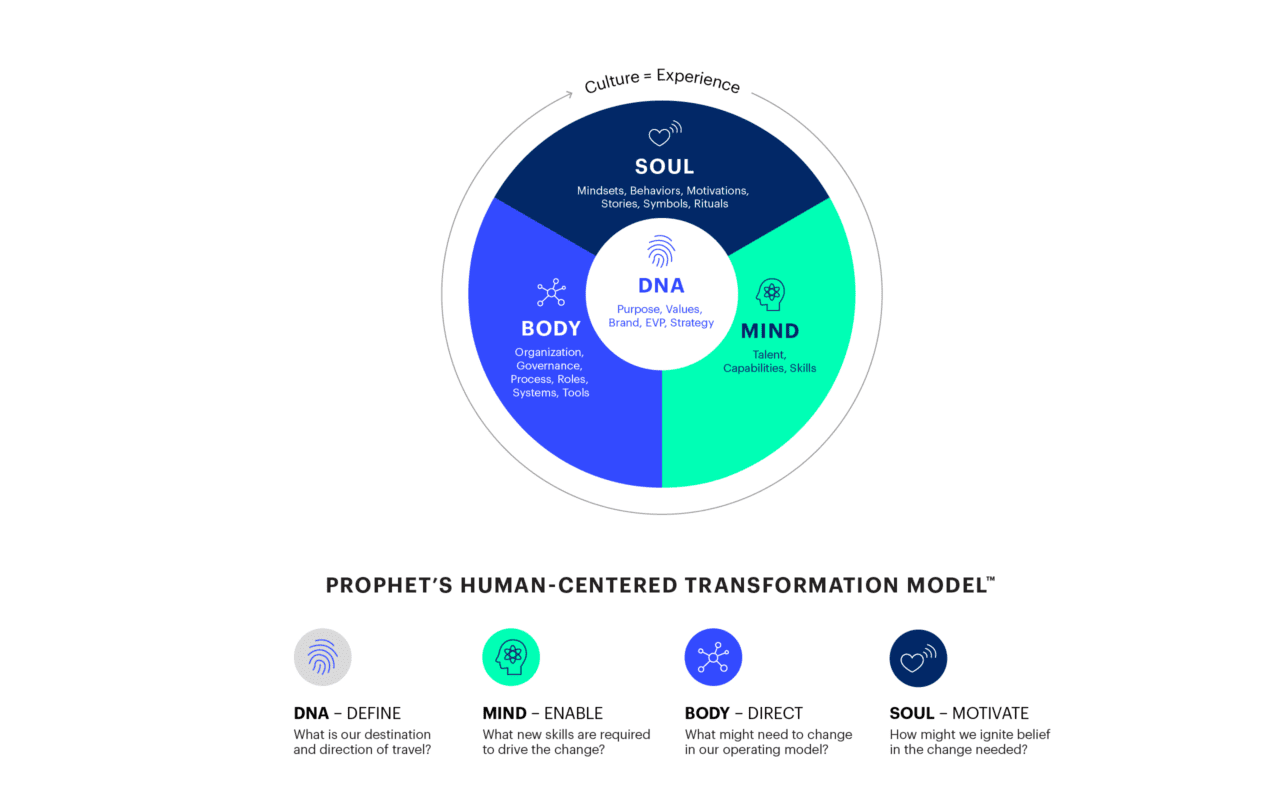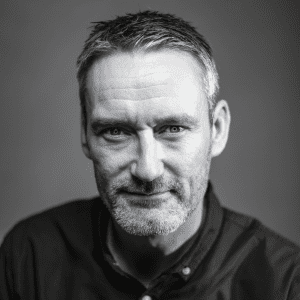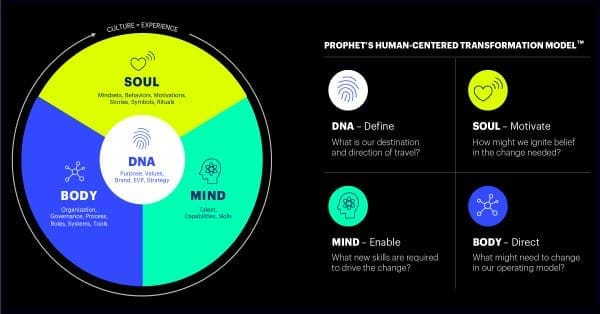BLOG
Enabling Effective Collaboration in SEA: The Way Forward
Our research shows companies in SEA value collaboration but lag in execution. Learn how to close the gap.
More than ever, collaboration is top of mind as companies ease out of the pandemic and build towards a new normal. The past few years showed us the challenges of collaborating amid changing COVID-19 restrictions and hybrid setups. However, they have also shown us the transformative potential that can be unlocked via technology, agility and a human-centered approach.
In Southeast Asia in particular, effective collaboration is paramount to unite a diverse set of countries and strive towards a common goal. But this is not without its challenges. The region continues to struggle with heightened competition for talent, fluctuating COVID-19 policies and different development stages of hybrid work in an ever-competitive market landscape. Moreover, collaboration in SEA can be particularly challenging due to a number of characteristics unique to the region: varying cultural and language backgrounds of employees, different levels of economic development across the region, nascent stages of digital transformation and – for international corporations – a wider cultural difference between HQ and regional offices.
Despite, or perhaps because of these challenges, our 2022 global research report, “Catalysts: The Collaborative Advantage”, shows that SEA companies value collaboration more than other regions (52% versus 44% globally).

Diagram 1: Value of Cross-Organizational Collaboration
However, only 28% of SEA respondents feel they are very effective at collaboration across their organization.

Diagram 2: Effectiveness of Cross-Organizational Collaboration
How can the region work to close the gap and reap the benefits of strong, cross-organization collaboration?
The Collaboration Flywheel
A key output of this year’s “Catalysts” report, Prophet’s annual global culture research study, is the Collaboration Flywheel, a model that reveals a path for leaders and organizations to prioritize and accelerate the efforts to build their collaborative muscle.
The metaphor of a flywheel helps capture the inherent complexity of the adaptive system that is organizational culture. A flywheel works by reinforcing positive behaviors and outcomes while minimizing negative feedback loops, thus building and maintaining momentum over time. Most importantly, each specific action we’ve identified in the Collaboration Flywheel model helps deliver better, more impactful outcomes more quickly.
Using this framework, we can understand how SEA can leverage its strengths and unique regional characteristics to drive greater organizational effectiveness.

Diagram 3: The Collaboration Flywheel
1. Coordination
The first phase in the Collaboration Flywheel is Coordination. This is where many organizations begin their development journey by empowering groups to work horizontally rather than just in their vertical silos. Coordination centers on connecting an employee’s effort to the larger picture – the organization’s purpose – and modeling “what good looks like.”
In our research, when compared to respondents in other regions, SEA respondents were more likely to emphasize the importance of connecting individual work to the organization’s purpose. In SEA, 75% of respondents believe it is important to be able to connect their work to the company’s business strategy, however, only 36% think they are able to effectively contribute to the organization’s purpose.

Diagram 4: Value versus effectiveness When Connecting Employee Work to Business Strategy
While many factors can inhibit an individual’s ability to contribute to the organization’s purpose, we see the three biggest factors in the region as top-down management styles, lack of understanding of “what good looks like” and early stages of digitalization. To overcome these hurdles, companies can enable cross-organization coordination by empowering decision-making at lower levels of the organization, showcasing best practices and pushing the digital transformation agenda forward.
In 2017, MB Bank, one of the largest financial services groups in Vietnam, set up a new digital bank as an independent business unit, separate from its legacy bank. This radical approach to digital transformation helped MB Bank’s speed to market, but it also made coordination between the two BUs challenging. Employees knew the bank’s digital transformation goal, but those in the legacy bank couldn’t always contribute to it.
MB Bank recognized this disconnect and saw the impact it had on employee coordination and how that translated into the customer experience. By leveraging digital transformation to instill agility and a more nimble way of working across the organization, MB Bank was able to transform its legacy bank, driving the efficiency of its operating model and increasing cross-organization coordination. To further create a culture of collaboration, the company focused on shifting the mindset of its people, encouraging an entrepreneurial and agile approach that embraces risks and a fail-fast new culture. This has propelled MB Bank today to become the fastest growing and most digital bank in Vietnam.
2. Cooperation
The next phase is Cooperation, which builds on coordination by adding trust and shared ways of working. It is characterized by clarity of objectives, capability building and incentive alignment.
Relative to other regions, SEA respondents place more emphasis on aligned incentives as necessary means for collaboration. In our research, 78% believe incentive alignment is important to collaboration effectiveness, and a quarter believe incentive misalignment is also one of the biggest barriers to achieving this goal.

Diagram 5: Value versus. Effectiveness When Aligning Incentives That Encourage Cross-Organizational Collaboration
Keeping in mind SEA’s highly diverse workforce, the definition of a good incentive can vary widely.
For example, companies in more developed countries such as Singapore, tend to consider soft incentives (benefits, training, recognition, etc.). However, companies in developing countries such as Vietnam, often prioritize hard monetary incentives. Beyond cultural differences, unrelated parts of the organization are often incentivized by siloed outcomes and metrics of success, making cooperation difficult. To solve this, companies can enable cross-organization cooperation by aligning incentives with relevant business outcomes that build towards a common goal, while taking cultural nuances into account.
In 2020, HSBC merged its retail banking, wealth management and global private banking into a new global wealth and personal banking unit. This change in the organizational structure allowed for greater operational efficiency, reducing redundancies and combining related capabilities, talent and infrastructure resources. By breaking down silos and creating a shared mindset around collectively achieving goals, HSBC was able to reduce cooperation barriers to drive more effective client outcomes.
3. Collaboration
As cooperation builds interdependence and synergy between formerly independent groups, it creates the opportunity to pilot and embed new ways of working. In the Collaboration stage, leaders reward progress – not just outcomes – and there is a culture of evaluating both process and priorities within the context of the organization’s purpose.
When compared to other regions, SEA is better at both recognizing and rewarding cross-organization progress. Almost half (41%) of SEA respondents believe their organization is good at recognizing and rewarding progress. However, to enable effective cross-organizational collaboration, organizations need to both recognize progress and be open to constructively challenging the ways things are done.

Diagram 6: Value versus. Effectiveness When Recognizing and Rewarding Cross-Organizational Progress, Not Just Outcomes
Many of the companies in the region tend to be more traditional in their approach to workplace organization and culture, emphasizing their top and bottom line over individual wellbeing. This is especially true for small and medium enterprises, which make up 97% of all businesses in the region. This conventional mindset often inhibits individuals from innovating new, more effective ways of working.
To open the door for innovation, employers can empower employees to think critically about how they can better contribute to the organization’s purpose and be innovative in their ways of working. By allowing a more bottoms-up approach to organizational culture, employers will not only see more effective outcomes in the market but will also make their workplace more attractive to employees. This can be achieved through test-and-learn environments where employees can propose new ways of working and implement integrated planning processes where functions can share wins, risks and priorities. And if the organization is in the midst of a transformation, this is where setting up a Transformation Management Office (TMO) to connect different parts of the organization around a unified set of goals can take place.
Singapore’s Government Technology Agency (GovTech) has adopted a flat, tech-like organizational structure that gives semi-autonomy to its sub-groups. This enables the agency to have not only speed to market, but also high levels of collaboration across the groups. In addition, when recruiting, GovTech specifically looks for a sense of learning agility in candidates, ensuring its employees are eager to adapt, pivot and stay ahead of the trends. This internal culture of collaboration helps GovTech stay competitive with other tech startups and incumbents that prospective employees might be considering. The results are astoundingly impactful: In 2021, 99% of citizens surveyed expressed satisfaction with the overall quality of Singapore’s government digital services.
At Prophet, we believe that people are at the core of any organization. And people working together collaboratively is what drives change, delivers results and sets organizations apart. SEA faces unique challenges: from its uneven regional economic development to its early stages of digital transformation to the diversity in its workforce. However, these present an even more pressing need for organizations in the region to build towards a culture of collaboration. By using Prophet’s Collaboration Flywheel, organizations can work towards:
- Coordination: Illustrate the linkage between an employee’s individual effort and the organization’s purpose. Guide individuals by showcasing “what good looks like” and giving decision-making authority to lower levels, while leveraging digital transformation as an enabler.
- Cooperation: Align incentives across the organization, balancing differing definitions of what a “good” incentive is. Take these cultural differences into account to create incentives as well as a shared mindset that collectively achieves unified goals.
- Collaboration: Focus on the process, not just outcomes to make room for more agile thinking which allows synergies and interdependences to form. Empower employees through a bottoms-up, test-and-learn approach that encourages them to challenge the status quo and implement new, fresh ways of thinking.
FINAL THOUGHTS
Prophet’s 2022 global research report, “Catalysts: The Collaborative Advantage,” aims to help companies better understand how effective collaboration works and identify opportunities for growth. To learn more about how insights from the report can apply to your organization and your region, contact our team today.





